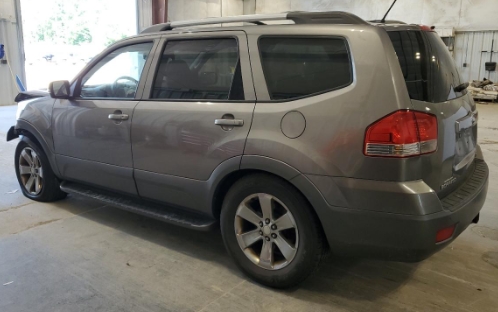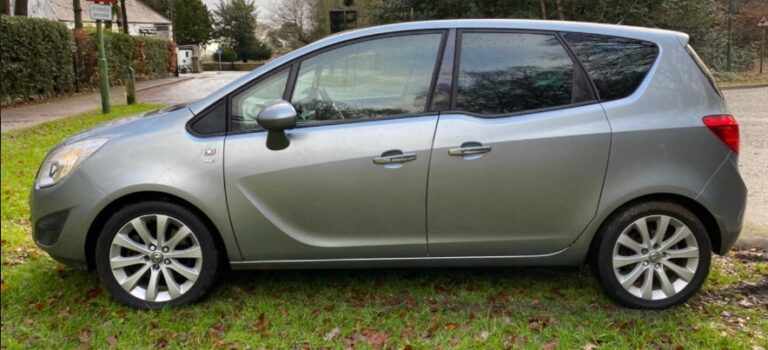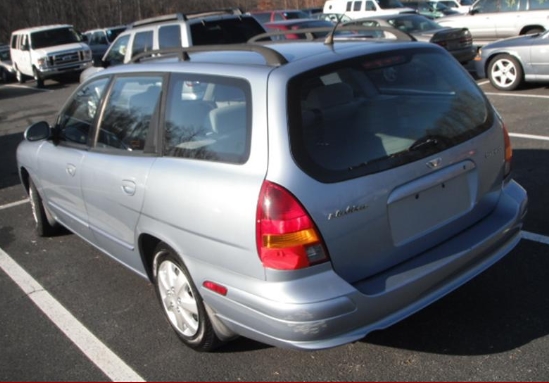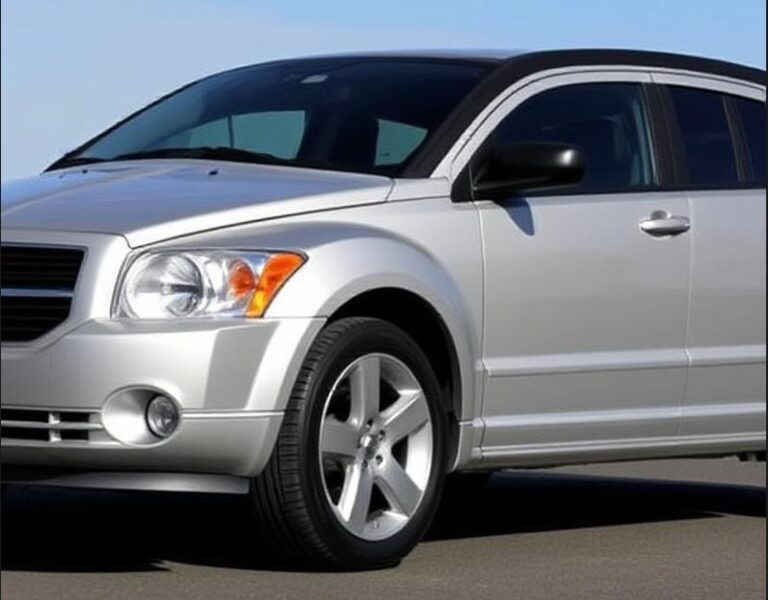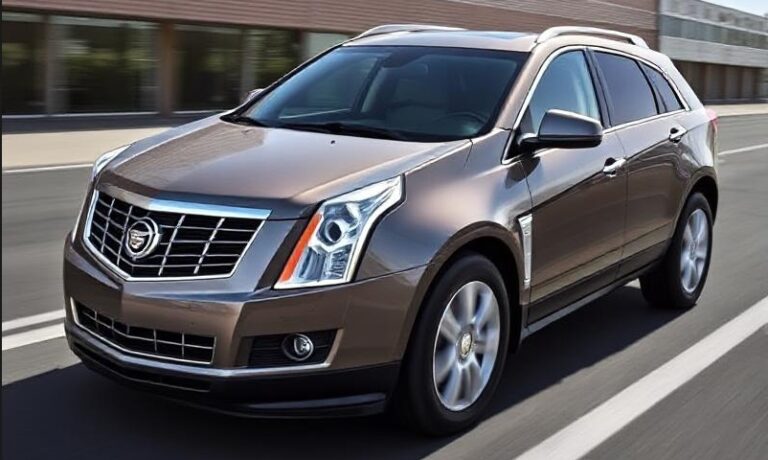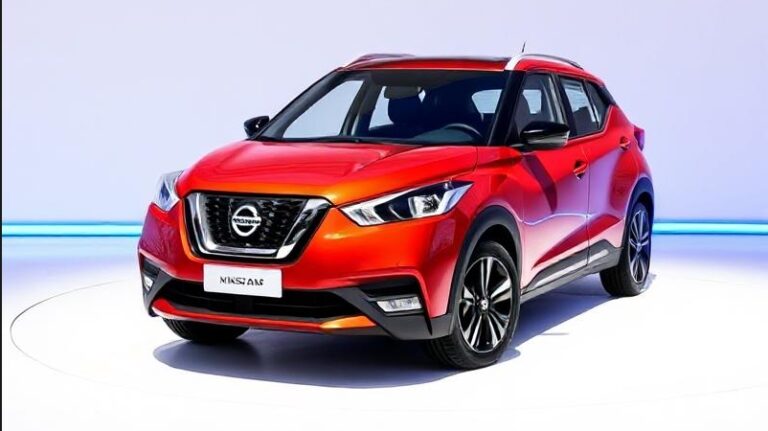The Constant King: Tracing the Unlikely Evolution of the Kia Mohave
In an automotive landscape increasingly dominated by car-based, unibody crossover vehicles, the Kia Mohave stands as a rugged and defiant anomaly. It is a testament to the enduring appeal of the traditional body-on-frame SUV, a vehicle built on a truck-like chassis for superior strength, towing capacity, and off-road prowess. While its name may be unfamiliar to many in North America and Europe, the Mohave has carved out a remarkable legacy in its native South Korea and other select markets, evolving from an ambitious global contender into a revered domestic flagship. Its story is one of bold ambition, unfortunate timing, and tenacious survival, culminating in a dramatic rebirth that solidified its status as a Korean automotive icon.
The Genesis: A Global Ambition (2008-2015) – Model Code: HM
The mid-2000s were a transformative period for Kia. Under the design leadership of the legendary Peter Schreyer, the brand was shedding its budget-friendly image in favor of a new identity defined by world-class styling and quality. The next logical step was to conquer the lucrative full-size SUV segment. The project, codenamed HM, was Kia’s most ambitious to date: a large, three-row, body-on-frame SUV designed to compete directly with established players like the Toyota 4Runner, Nissan Pathfinder, and Ford Explorer.
Unveiled in 2008, the production vehicle was named the Mohave for most global markets, evoking the rugged, expansive nature of the Mojave Desert. Its design was a masterclass in understated strength. Penned by Schreyer, it eschewed the flamboyant curves of its competitors for a clean, upright, and muscular stance. The signature “Tiger Nose” grille was tastefully integrated between large, simple headlamps, creating a look that was both handsome and timeless.
Beneath the sheet metal lay the Mohave’s true calling card: its robust ladder-frame chassis. This construction gave it a formidable towing capacity (up to 7,500 lbs in some configurations) and the inherent durability for serious off-road use. To power this capable platform, Kia developed a trio of impressive engines:
- 3.8-liter Lambda II V6: The standard gasoline engine, producing a healthy 276 horsepower and providing smooth, reliable performance for daily driving.
- 4.6-liter Tau V8: The headline-grabber. This was Kia’s first-ever V8 engine, a sophisticated all-aluminum unit producing 337 horsepower. It delivered effortless acceleration and made the Mohave a legitimate V8 competitor.
- 3.0-liter S-Line V6 Turbodiesel: Primarily for the Korean and other international markets, this engine was the torque champion. Producing around 250 horsepower but a massive amount of torque, it was the ideal choice for towing and fuel-efficient cruising.
The North American Experiment: The Kia Borrego (2009)
For its North American debut, the Mohave was rechristened the Kia Borrego, named after Anza-Borrego Desert State Park in California. It launched for the 2009 model year with high hopes, offering both the V6 and the powerful V8 engines, paired with five- and six-speed automatic transmissions respectively. It was available in three distinct trim levels:
- LX: The base model came surprisingly well-equipped with 17-inch alloy wheels, rear parking sensors, a six-speaker sound system with USB/auxiliary inputs, and full power accessories. It was the value-oriented entry point.
- EX: The mid-range trim added significant upgrades, including 18-inch wheels, fog lights, roof rails, an eight-way power driver’s seat, dual-zone automatic climate control, and an auto-dimming rearview mirror. It was positioned as the volume seller.
- Limited: The top-tier Borrego was a genuine luxury offering. It featured chrome wheels, leather upholstery, heated front seats, a premium 10-speaker Infinity sound system, and a sunroof. The V8 engine was standard on this trim.
Unfortunately, the Borrego’s launch coincided with the “perfect storm” of the 2008 global financial crisis and record-high fuel prices. Consumers in North America suddenly shifted away from large, thirsty, truck-based SUVs towards more fuel-efficient crossovers. Despite earning accolades, including a “Best Bet” from Cars.com, sales were dismal. After just a single model year on the U.S. market, Kia made the difficult decision to discontinue the Borrego in North America. While it lingered in Canada for 2010 and 2011, its American dream was over.
However, where the Borrego failed, the Mohave thrived. In South Korea, the Middle East, and Russia, its combination of space, power (especially the diesel), and rugged capability was highly valued. It settled in for a long and successful production run, becoming a staple of Kia’s domestic lineup.
.
THIS could come in handy for your auto garage (and everywhere else!):

.
The First Refresh: Modernizing a Classic (2016-2019)
After nearly eight years with only minor changes, the Mohave received its first significant facelift in 2016. Kia wisely chose not to alter the successful core design, instead focusing on modernizing its appearance and technology.
The exterior updates included a revised, more intricate grille, redesigned front and back bumpers with new skid plates, and the integration of LED daytime running lights. New alloy wheel designs completed the refreshed look.
The interior saw more substantial changes. The dashboard layout was updated to accommodate a modern UVO 2.0 infotainment system with a larger touchscreen, offering better connectivity. Cabin materials were upgraded, safety features were enhanced with an Around View Monitor and lane departure warnings, and the overall ambiance was elevated to feel more premium.
Under the hood, the focus shifted almost exclusively to the 3.0-liter V6 turbodiesel, now updated to meet stricter Euro 6 emissions standards. Paired with a smooth 8-speed automatic transmission, this powertrain became the definitive Mohave experience, offering an exceptional blend of power and efficiency. Trim levels in Korea during this period often carried names like Noblesse and President, reflecting its upmarket positioning.
The Masterpiece: A Dramatic Rebirth (2019-Present) – Model Code: HM2
By 2019, the Mohave’s platform was over a decade old. While a completely new model was expected, Kia took a different, bolder approach. Debuting as the “Mohave the Masterpiece” concept, the production model (HM2) was a radical redesign on the existing body-on-frame chassis. This was not a mere facelift; it was a complete visual and technological transformation that stunned the industry.
The exterior was entirely new, sharing no panels with its predecessor. The front end is dominated by a massive evolution of the “Tiger Nose” grille, which is so wide it fully integrates a striking “verical cubicle” quad-LED headlight design. The hood is higher and more imposing, and the sculpted body lines are sharper and more defined. At the rear, a bold, full-width taillight panel prominently spells out “MOHAVE” in large, confident letters, deleting the Kia badge from the tailgate entirely—a statement of the model’s unique identity.
The interior transformation was even more profound. The cabin was redesigned from the ground up to rival premium European brands. Key features include:
- A fully digital 12.3-inch instrument cluster.
- A widescreen 12.3-inch infotainment display seamlessly connected to the driver’s display.
- Premium materials like quilted Nappa leather, open-pore wood trim, and brushed aluminum.
- A significant focus on reducing Noise, Vibration, and Harshness (NVH) with enhanced sound deadening.
Technologically, it was a quantum leap forward. The Mohave gained a sophisticated Terrain Mode Select system (with Snow, Mud, and Sand modes) that adjusted the all-wheel-drive system, traction control, and engine response for different surfaces. It also received Kia’s full suite of Drive Wise advanced driver-assistance systems, including Highway Driving Assist, a Level 2 semi-autonomous system.
The venerable 3.0-liter V6 diesel engine was carried over but further refined. Trim levels for this new generation reflect its premium status:
- Platinum: The “base” model, yet lavishly equipped with most of the new technology, including the dual 12.3-inch screens.
- Masters: The flagship trim, adding features like a head-up display, a premium Krell audio system, and the finest Nappa leather upholstery.
- Gravity: A design-focused special edition that typically adds a unique blacked-out grille, black 20-inch wheels, and Alcantara interior accents for a more aggressive and modern aesthetic.
Legacy and Conclusion
The evolution of the Kia Mohave is a unique story in the modern auto industry. It is a vehicle that failed in the world’s largest SUV market only to become a celebrated and enduring icon in its homeland. Its first generation proved the fundamental strength of a well-engineered, body-on-frame design. The 2016 refresh kept it relevant, but the 2019 “Masterpiece” rebirth was a stroke of genius. By investing in a complete cosmetic and technological overhaul while retaining the proven, rugged chassis, Kia created a product that felt entirely new without the expense of developing a new platform.
Today, the Kia Mohave stands as the brand’s flagship SUV in Korea, a luxurious and technologically advanced vehicle that has never forgotten its tough, utilitarian roots. It is a rolling paradox—a modern classic, a survivor from a different era, and a powerful symbol of Kia’s ability to adapt, persevere, and ultimately, to build a masterpiece.
